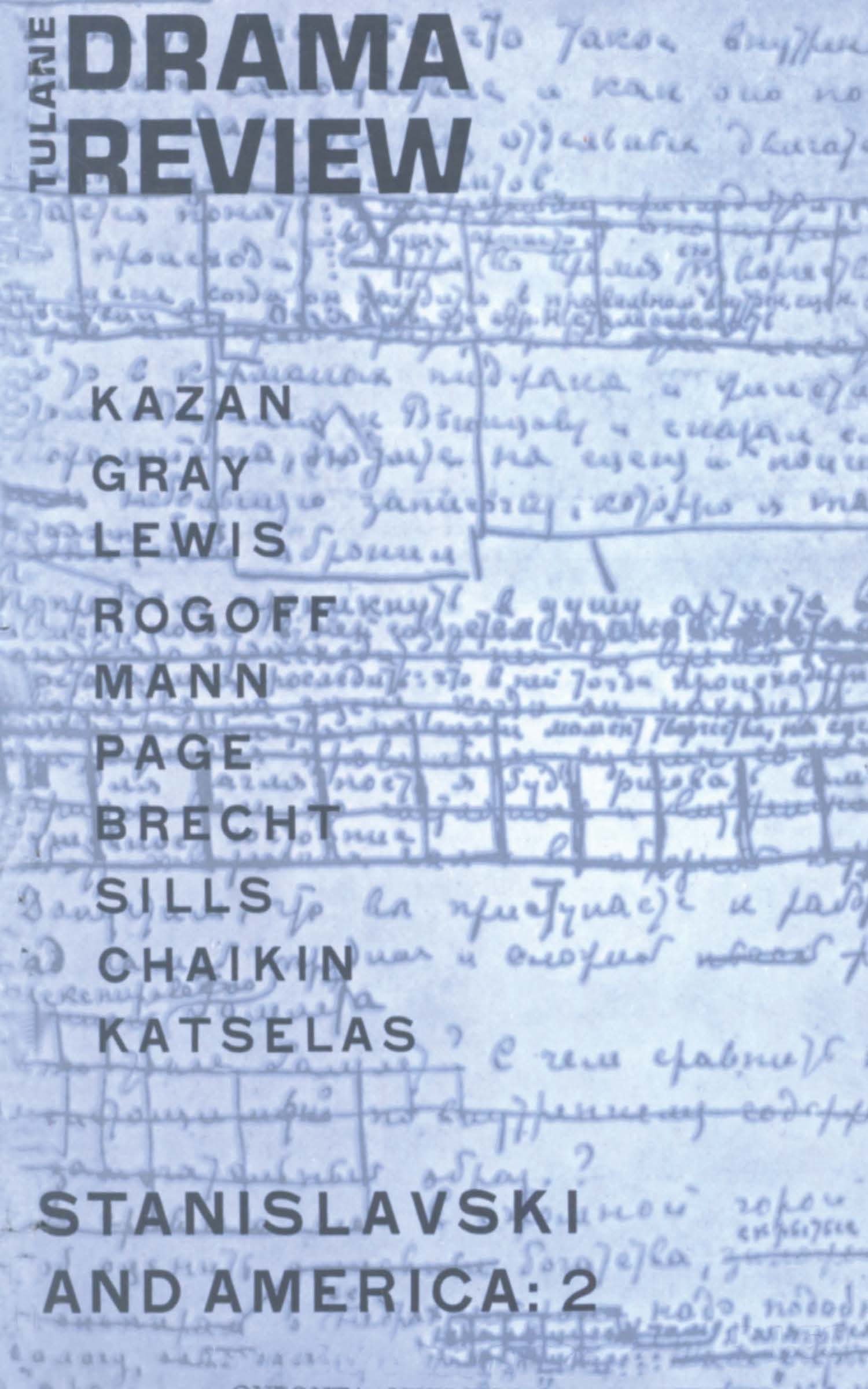Article contents
Farce As Method
Published online by Cambridge University Press: 23 November 2021
Extract
To get at the nature of farce we go back to beginnings, in either time or structure. Russian folk drama from the seventeenth into the twentieth century, for example, recapitulates much of what we know or infer about rude origins. Here, as Berkov remarks, necessity creates and fixes a manner. Out-of-door performance calls for exaggerated tones, sweeping gestures, loud singing and furious dancing, features which persist when public square and puppet stage, but not groundlings, are left behind. An impudent tone, imposed by the turbulent crowd, provokes performers into the picaresque asides, the jibes and the cheeky stepping out of role which, all the way down from remote beginnings in Attica to Hellzapoppin in New York, have raised their roars of laughter. Brutally enlarged, this is the way of folk game and folk tale, and should remind us, once for all, of the indissoluble bond by which farce is tied to folklore in general; and of what it owes to the point of view and the aesthetics of the folk.
- Type
- Research Article
- Information
- Copyright
- Copyright © The Tulane Drama Review 1960
References
Notes
1 Russkaia Narodnaia Drama [The Russian Folkdrama—an anthology with notes, a glossary and an introductory essay], edited by P. N. Berkov (Moscow, 1953).
2 The brilliant phrase “the aesthetics of the folk” likewise comes from Berkov (p. 14).
3 This eclogue, incidentally, includes such a passage about the defeat of Carnival by Lent as anticipates the nature of the Spanish loa.
4 Berkov, p. 19, notices this difference.
5 Berkov, p. 15, supplies this significant fact.
6 To a degree, if only by an act of group imagination, we all, except for the dramatic critics, perhaps, become members of the folk when we are in the audience.
7 Translated from Lope de Rueda, Teatro (Madrid, 1924), pp. 249-251.
8 By this time it is called the sainete. I have not discussed the terms, Plus ça change, plus c'est la même chose.
9 Berkov, pp. 11-12.
10 V. Vsevolodski-Gerngross, Kratki kurs Istorii Russkogo Teatra (Moscow, 1936), p. 3.
11 G. B. Shaw, Memories of Oscar Wilde, p. 14. In Harris, Frank, Oscar Wilde (New York, 1918)Google Scholar, 2 vols., Vol. II.
12 Lope de Rueda, p. 185.
13 Wilde, Oscar, Works (New York, 1954), p. 331.Google Scholar
14 I necessarily quote from memory, but I could hardly forget.
15 I owe this illustration to my friend Professor Katherine E. Wheatley.
16 Polnoe Sobranie Sochinenii, edited by M. I. Pisarev (St. Petersburg, n.d.), 12 vols., Vol. 7, II, v.
17 V, i, 311-13.
- 1
- Cited by


